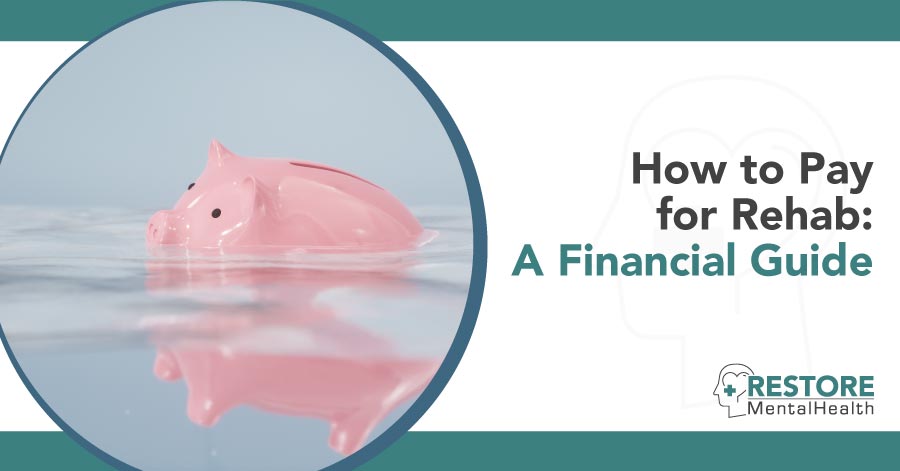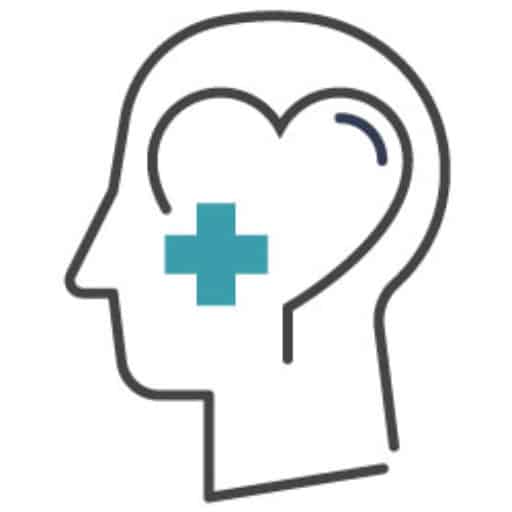For many Americans, the choice to obtain medical care comes down to cost, not necessarily need. In fact, according to a study conducted by the University of Chicago, as many as 40 percent of people reported that they skipped a medical test or treatment and 44 percent of people didn’t go to the doctor when they needed medical care due to costs.
Financial barriers can also keep individuals from getting addiction treatment. Unfortunately, mental health services are often seen as care that is necessary but out of reach for the average person. This misconception prevents many people living with addictions from getting the professional help they need.
For those with serious addictions, inpatient rehab may be the best option. This is particularly true for those who’ve tried outpatient services but haven’t had success treating their addiction. Inpatient rehab gives clients the opportunity to remove themselves from situations that might enable their addictions. This makes it easier for many to begin their journey to sobriety. While inpatient rehab costs more than outpatient services, it’s still within reach for many people.
How to Pay for Rehab
Fortunately, those wondering how to pay for rehab may have more options than they realize. Many people are surprised by the actual cost of inpatient treatment costs and the financial assistance and payment options available to them.
Determine How Much Treatment Costs
It’s no secret that addiction rehab can be costly. Luxury rehab treatment centers that offer upscale, resort-style amenities get a lot of publicity, reinforcing the idea that rehab is reserved for the wealthy. According to one source, a 30-day stay in a luxury rehab facility can cost up to $100,000, about 40 percent higher than the typical annual household income in the United States. Fortunately, these luxury facilities aren’t the only options, and they’re certainly not the only effective options.
On average, inpatient rehab services in the United States cost between $5,000 and $20,000 for a 30-day stay. Several factors influence the cost of rehab, including how long the program is, where it’s located, whether the program has licensed health care professionals versus unlicensed counselors, what treatment options are available, and the luxuries and amenities the facility provides.
Ultimately, it’s important to remember that despite the initial sticker shock of inpatient treatment, the cost of untreated addiction will be substantially more expensive. According to a 2019 study, the average person hospitalized for a single opiate overdose paid $11,731 in medical bills. If they needed care in the ICU, their medical bills rose to over $20,000. On the other hand, if someone with an alcohol addiction drinks a 12-pack of beer a day, their annual expenditure on beer over a five-year period will likely be well over $20,000, assuming they’re spending $12 on a 12-pack. Legal fees, divorces brought on by drug or alcohol use, and addiction-related job loss can also significantly drive up the cost of addiction. Combined with the toll that addiction can take on personal relationships, life satisfaction, and health and life expectancy, addiction is exceedingly more expensive than rehab.
Before dismissing inpatient rehab as a viable option, consider doing some research to determine exactly how much a treatment program will cost. Many people are surprised by how affordable quality treatment is, especially if they’re willing to skip some of the resort-style amenities.
Determine Whether Health Insurance Is an Option
In most cases, health insurance companies cover inpatient rehab. However, coverage can vary from one plan to the next, and not all addiction treatment centers accept health insurance. Even so, there are plenty of centers that do, providing significant savings for those who need services. For most people, health insurance is the best way to get affordable inpatient rehab services.
Before getting started, contact the health insurance company directly to determine the level of coverage. This can provide a clearer idea of out-of-pocket costs, based on your deductible and copay or coinsurance. You can also work directly with the rehab center’s office to find out what your cost-sharing responsibilities will be when you use your insurance to pay for care.
Explore Self-Pay Options
All clinics accept self-pay clients, or clients who pay for services out of pocket rather than through public or private health insurance. In some cases, even someone who has health insurance may go the self-pay route if they have a very high deductible that exceeds the cost of treatment, or they may want care from a rehab center that doesn’t take insurance.
This may be the most expensive option. However, once again, it’s far more cost-effective than living with an addiction. Life-saving treatment is always worth the short-term monetary investment.
Seek Out Free Treatment
The federal and state government jointly fund free rehab centers throughout the nation that provide quality care for those with limited resources. The facilities typically have long wait lists, making them a less-than-ideal option for those living with serious addictions who need immediate help. Even so, it’s worth asking about availability and getting an idea of how soon a new admit would be possible.
Ask About Financing Options
Many addiction rehab centers offer their own financing to prospective residents. They may work with third-party lenders to create budget-friendly lending packages for clients. Alternately, some treatment centers have their own in-house financing options, which may be more flexible for those unable to obtain financing through a loan.
Rehab centers work hard to make effective addiction treatment services available to as many people as possible. For those paying for addiction treatment out of pocket, it’s a good idea to contact the center directly to ask about in-house or third-party financing options.
Find Out Whether Rehab Grants or Drug Rehab Scholarship Programs Are Available
Some individuals who need financial assistance for addiction treatment can apply for rehab grants and drug rehab scholarships. These are typically available through the state and are distributed on a per-need basis to provide partial or full funding for inpatient addiction treatment. Additionally, some rehab centers reserve a certain number of beds for those with a profound need for inpatient rehab services but who are unable to pay for their care. Funding for these programs is typically limited, but an intake specialist may be able to provide helpful information on available funds.
The Benefit of Paying for Rehab
Even with the help of health insurance, financing options and rehab grants, many people pay for at least a portion of their rehab treatment out of pocket. While rehab services can feel like an added expense on top of other financial hardships brought on by addiction, paying for services can actually support someone’s success.
Rehab provides a unique opportunity to take a break from the everyday stressors and dynamics that led to or worsened an addiction and to focus solely on sobriety. While no one wants to have to pay for services, doing so can lead to a deeper appreciation for the process or simply the desire to “get your money’s worth.” For most people, paying toward their treatment can make them more committed to success.



